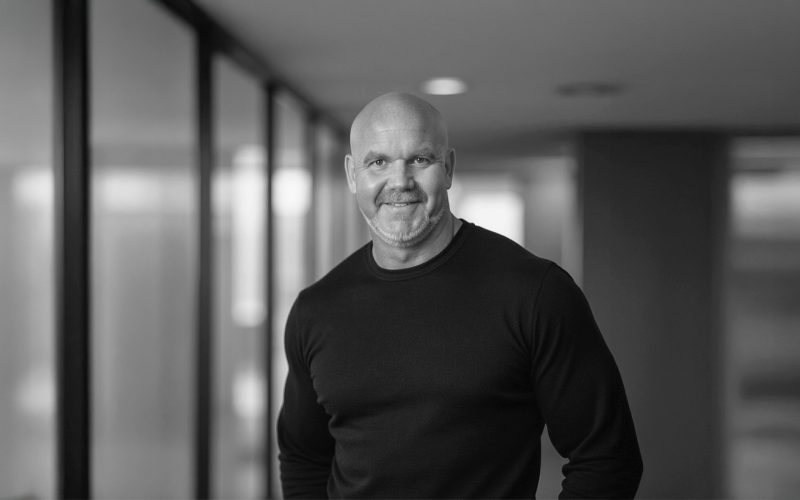In a fast-growing, competitive MedTech industry, creating a good marketing strategy is tough. Melissa Wildstein, President and Founder of The Matchstick Group, has spent years helping medical device companies. She has not only built their brand awareness that delivers results, Melissa also has a track record of solving big marketing challenges. She knows success requires more than one tactic. It needs a cohesive marketing engine. She offers insights on how medtech firms can align their strategy, storytelling, and metrics to convert their audience.
A Unified Brand Story
A strong marketing engine starts with a compelling brand story. For MedTech firms, this means more than just highlighting features. According to Melissa, “Your brand story is the foundation of your marketing engine. It’s what makes your product memorable and compelling.” She stresses the need to show, not just the features but also, the effect on patient outcomes and provider efficiency. Melissa recalls her work with Teleflex on their EZ-IO platform. They crafted an integrated narrative. “We made a story that showed how their product improved emergency care. It resonated with both healthcare providers and administrators,” she explains. This shows the power of storytelling in connecting with diverse MedTech stakeholders.
Creating a Seamless Customer Journey
To engage audiences, Melissa aims to deliver a seamless experience at every touchpoint. “Your customer’s experience with your brand should be cohesive from the first touchpoint to the final conversion,” she says. From a social media ad to a landing page, consistency is key. It builds trust and drives action. Melissa gives an example: “If a healthcare provider sees a great ad on social media, they click a link and download a whitepaper. The experience should feel intuitive and personalized.” This kind of seamless journey boosts engagement. It also builds trust in the brand’s ability to deliver value.
Leveraging the Right Marketing Mix
An effective marketing strategy isn’t one-size-fits-all. It’s about finding the right mix of channels for different stages of the funnel. Melissa says, “Search ads may raise awareness. But, for conversions, email or account-based marketing may be better.” For many MedTech companies, an omnichannel approach can yield the best results. “Melissa shares that combining digital ads with targeted emails boosts growth. It creates an omnichannel strategy that is more measurable.” This approach ensures that the message reaches the right audience. It also covers everything from early awareness to closing the sale in the most impactful way.
Measure, Optimize and Scale
No marketing engine is complete without a system to track and optimize performance. Melissa stresses, “A marketing engine is only as good as its results. That’s why tracking key metrics at every stage is essential.” Companies must know what works and what doesn’t. This includes costs per lead and customer acquisition. Then they can refine their efforts. “Knowing what works, and what doesn’t, lets you optimize and scale your efforts. It’s true for cost per lead, click rates, and acquisition costs,” she notes. This iterative approach helps MedTech companies stay agile. It also helps them adapt to changing market dynamics.
For Melissa, a successful MedTech marketing strategy must connect all the dots. “Building a marketing engine isn’t about one element. “It’s about making every piece work together. It should move your audience from awareness to conversion,” she explains. Medtech companies that use this holistic approach will gain more than visibility. They will build trust, drive engagement and deliver results.
To learn about Melissa Wildstein, check out her LinkedIn profile.











